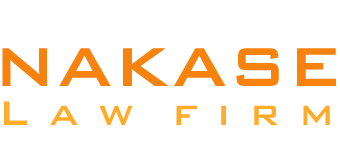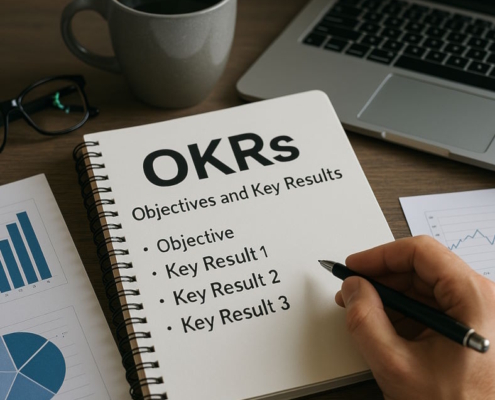What is Pro-Forma Financial Statements
A pro-forma financial statement is a type of forecast that can be helpful in making financial predictions.
Jason runs a successful hardware store. For a few months, he has been thinking about expanding his business. By looking at his past financial statements, he can see that his company has enjoyed steady growth. However, Jason wants to attract investors. He knows that potential investors will want to see proof that the business can grow even further, and that its future is positive. In order to make projections about future performance, Jason puts together a pro-forma financial statement. The pro-forma financial statement makes assumptions about Jason’s business – about how it will perform over the next year. Jason gives the pro-forma financial statement to the potential investors, showing how his business is predicted to grow over the next twelve months based on current data. The investors are impressed, and they agree to help expand Jason’s hardware company.
































